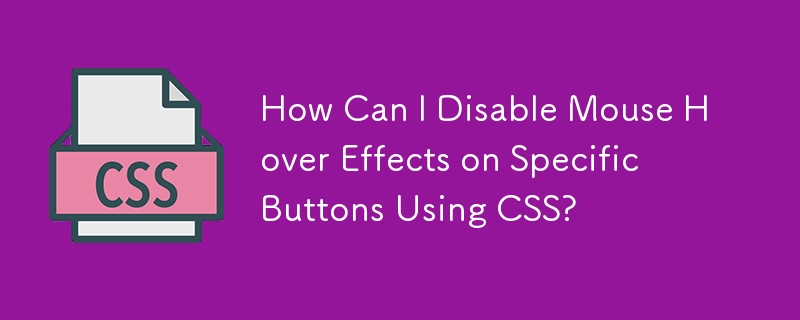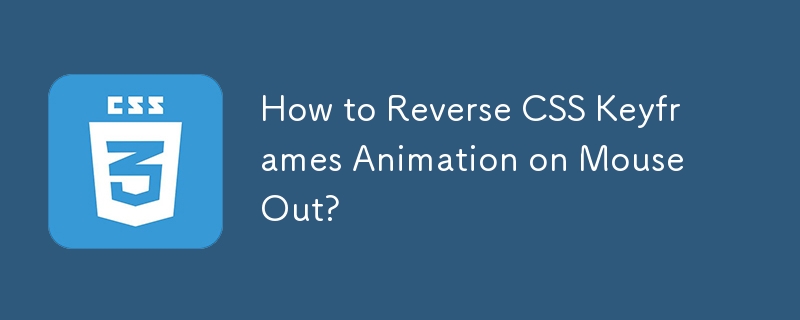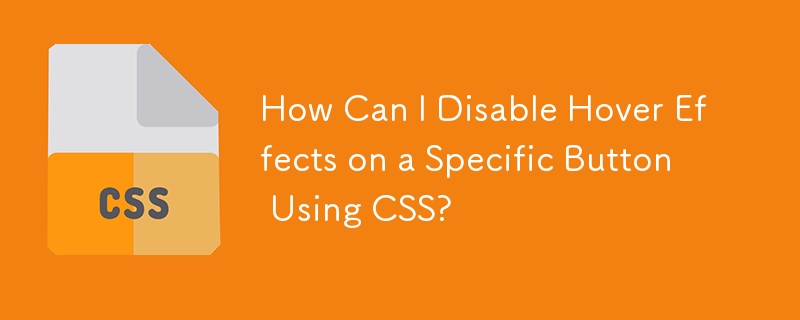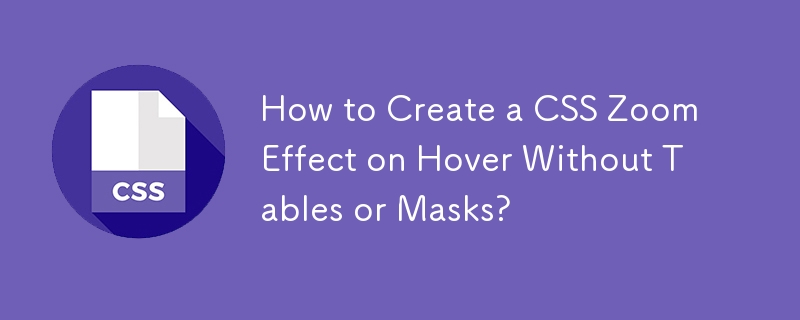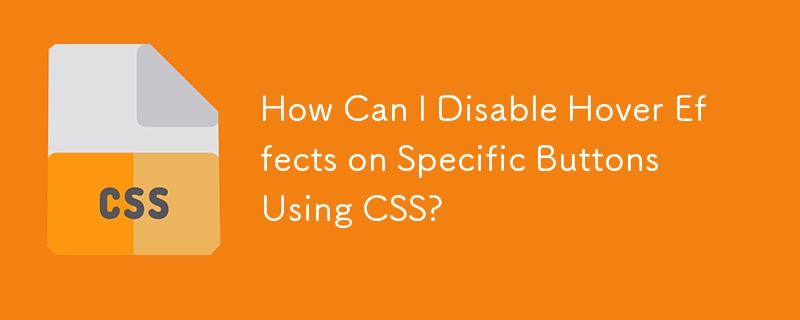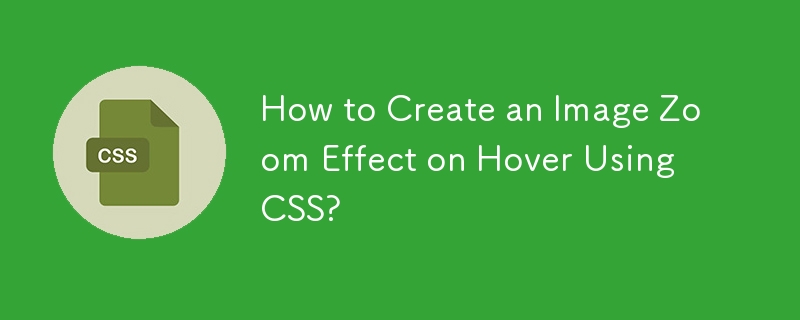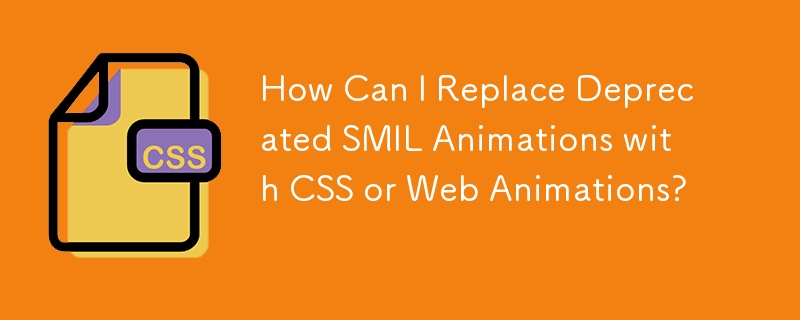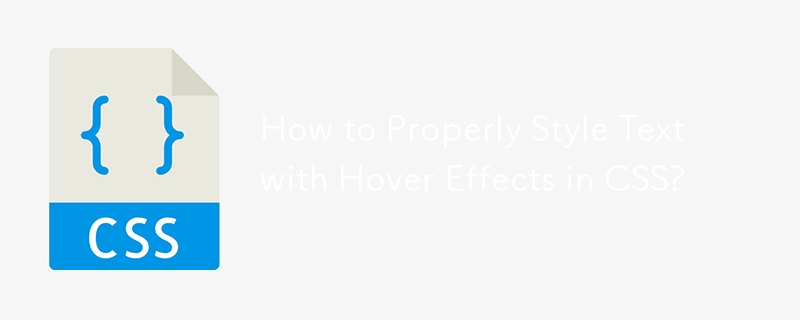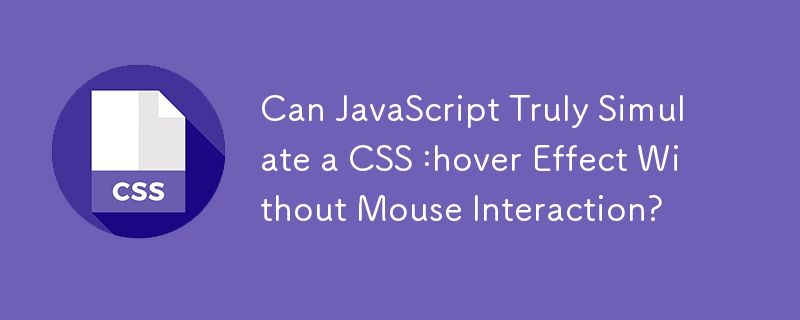Found a total of 10000 related content
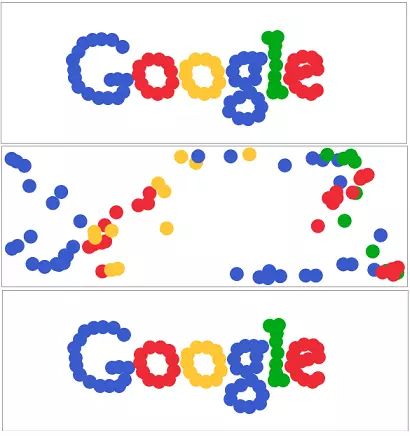
HTML5 Canvas JavaScript Animation Example
Article Introduction:This is a pretty cool HTML5 Canvas example that uses JavaScript and the element to create an animation effect controlled by mouseover events.
Instructions: Hover your mouse over the Google logo to see the balls scatter, then watch them gently retur
2025-03-06
comment 0
1050

Adam Argyle's Sick Mouse-Out CSS Hover Effect
Article Introduction:I was killing some time browsing my CodePen feed for some eye candy and didn't need to go past the first page before spotting a neat CSS hover effect by Adam
2025-03-15
comment 0
735
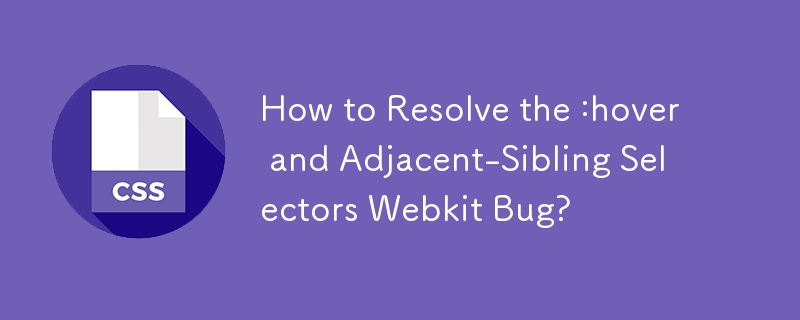
How to Resolve the :hover and Adjacent-Sibling Selectors Webkit Bug?
Article Introduction:This article highlights a CSS :hover bug in Webkit browsers that affects adjacent-sibling selectors, resulting in an incorrect hovering effect. The underlying issue and possible workarounds are explored, including simulating body animation to resolve
2024-10-24
comment 0
791

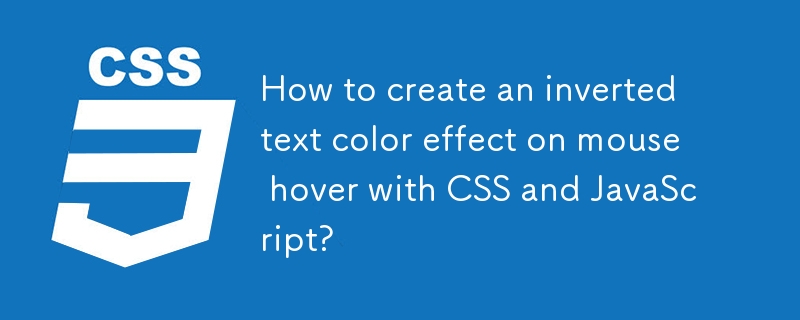
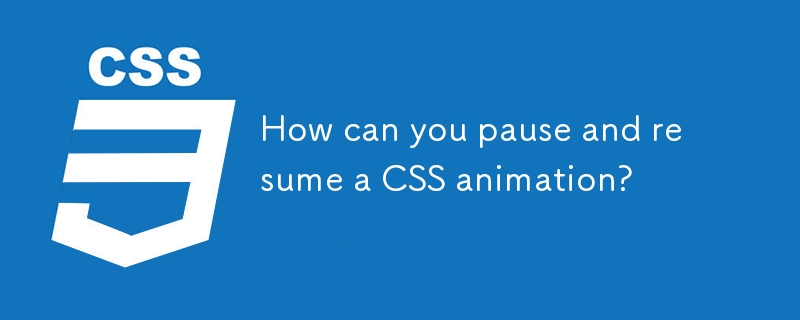
How can you pause and resume a CSS animation?
Article Introduction:To pause and restore CSS animation, the most direct way is to dynamically switch the animation-play-state attribute using JavaScript. Controlling this property through JavaScript allows pause and playback to be achieved without restarting the painting. The specific steps include: 1. Add an event listener (such as button click); 2. Check the current animation status; 3. Dynamic switching status. In addition, if you only need to pause the animation during hover, you can implement it through the :hover pseudo-class combined with @keyframes, but this method is suitable for simple interactions and is not suitable for complex logic. For multiple animations or more complex scenes, you can process animations by index, reset animation state or manage states with CSS variables, and pay attention to performance
2025-06-30
comment 0
686
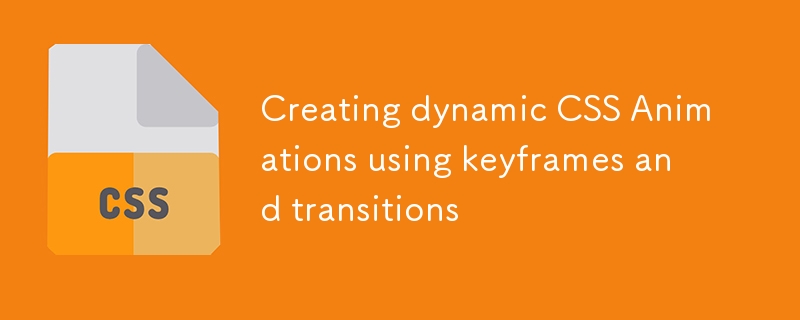
Creating dynamic CSS Animations using keyframes and transitions
Article Introduction:Keyframes are used for complex animations, and Transitions are used for state transitions. 1. Keyframes can define multi-stage animations, such as loading rotation effect, defined by @keyframes and applied with animation. 2. Transitions implements smooth changes in attributes, such as hover gradient color, which is controlled through transition attributes. 3. The two can be used in combination, such as button clicks to enlarge or bounce the effect to improve the naturalness of the interaction.
2025-07-14
comment 0
857
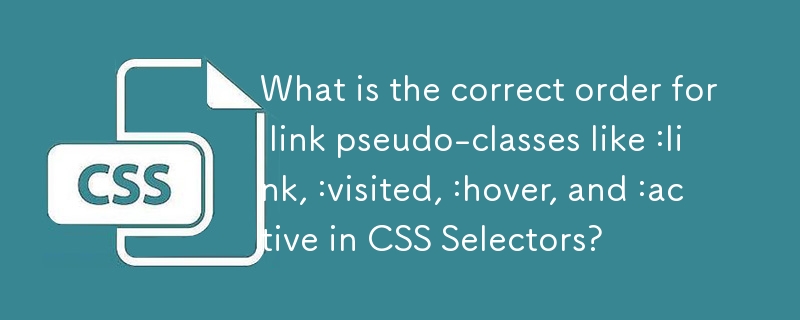
What is the correct order for link pseudo-classes like :link, :visited, :hover, and :active in CSS Selectors?
Article Introduction:In CSS, the order of pseudo-class selectors: link, visited, :hover and :active is very important. They must be written in the order of LVHA (Link→Visited→Hover→Active), because if the styles are of the same priority, the subsequent rules will override the previous one; 1.:link sets the unvisible link style; 2.:visited sets the accessed link style, but is subject to browser privacy restrictions; 3.:hover sets the mouse hover effect, and the mobile terminal may need additional processing; 4.:active sets the style when clicking to provide instant feedback; this order ensures that all statuses can be displayed correctly to avoid browser inconsistencies.
2025-06-28
comment 0
977
